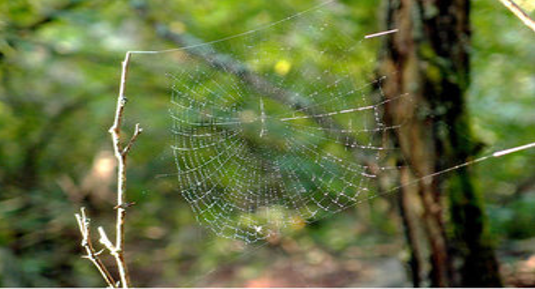Posted by Lu Lu | May 10, 2014
28 Years Later, Animals Of Chernobyl Have Reclaimed Their Home But At What Price?
The world’s worst nuclear disaster, which occurred April 26th, 1986 in Ukraine and drove millions from their homes, contributed to the deaths of many people. Scientists have been examining the far reaching effects on the animal population of the stricken zone.
Pripyat was once a modern thriving town in northern Ukraine. But since the explosion in ’86 at the nearby Chernobyl nuclear power plant, an exclusion zone of 1,100 square mile has kept the area off limits except to those who gain special permission. The effects on the human population has been widely documented, but what are the long lasting effects on the area that was once brimming with wildlife?
It is widely acknowledged that years after such exposure even low doses of radiation can continue to cause genetic mutations, leading to cancers and other physical problems that may show up over longer periods and have serious affects breeding and longevity. By carefully studying the effects on animals and insects experts can gain a better understanding of the potential impact on people as well.
A recent report in the New York Times(i) examines the detailed findings of Dr. Timothy Mousseau(ii), a respected biologist at the University of South Carolina, following his numerous visits over the last 15 years to the affected area and his findings on various species of flora and fauna. Mousseau says it is “the perfect area for biological studies” and he has carefully measured changes in population levels of a variety of species in the exclusion zone, monitored changes in tree growth and noting the increased frequency in tumors and physical abnormalities in everything from songbirds to beetles. He monitors the radiation levels that are still in the air, soil and water and says “this level of chronic exposure is above what most species will tolerate without showing some signs, either in terms of how long they live or in the number of tumors they have, or genetic mutations and cataracts …. it’s a perfect laboratory setting for us.”
The radiation levels vary considerably even from within the zone because weather patterns during the accident and its continuing aftermath affected the intensity of the fallout. In previous visits, for example, Mousseau found that barn swallows living in heavily contaminated areas had much higher rates of abnormalities, ranging from partial albinism, deformed beaks, and bent or asymmetrical tail feathers. Later studies found that the contaminated areas also had a far lower biodiversity, with half the species of birds found in “clean” areas, lower populations (reduced by as much as 60%), and that birds living in the Chernobyl area had smaller brains. On the other hand, Mousseau admits that some birds have thrived: “drab, non-migratory birds seem to be doing very well …..possibly because they have no competitors” he said , going on to theorize that “these birds don’t use up their carotenoids, which are powerful antioxidants, to create colorful plumage, and they don’t need to spend extra energy on long migrations, so their immune systems may be stronger.”
In the VIDEO below Dr Mousseau shares some of his more recent findings discussing the flora and fauna ranging from the changes in tree trunks to spiders webs:
http://www.nytimes.com/video/science/100000002841284/the-animals-of-chernobyl.html?smid=pl-share
REFERENCES/SOURCES:
(i) http://www.nytimes.com/2014/05/06/science/nature-adapts-to-chernobyl.html?hpw&rref=science&_r=0
(ii) http://cricket.biol.sc.edu/Mousseau/Mousseau.html
http://news.nationalgeographic.com/news/energy/2011/04/pictures/110426-chernobyl-25th-anniversary-wildlife/
http://www.huffingtonpost.com/2014/05/06/chernobyl-animals_n_5275596.html?ncid=fcbklnkushpmg00000063

